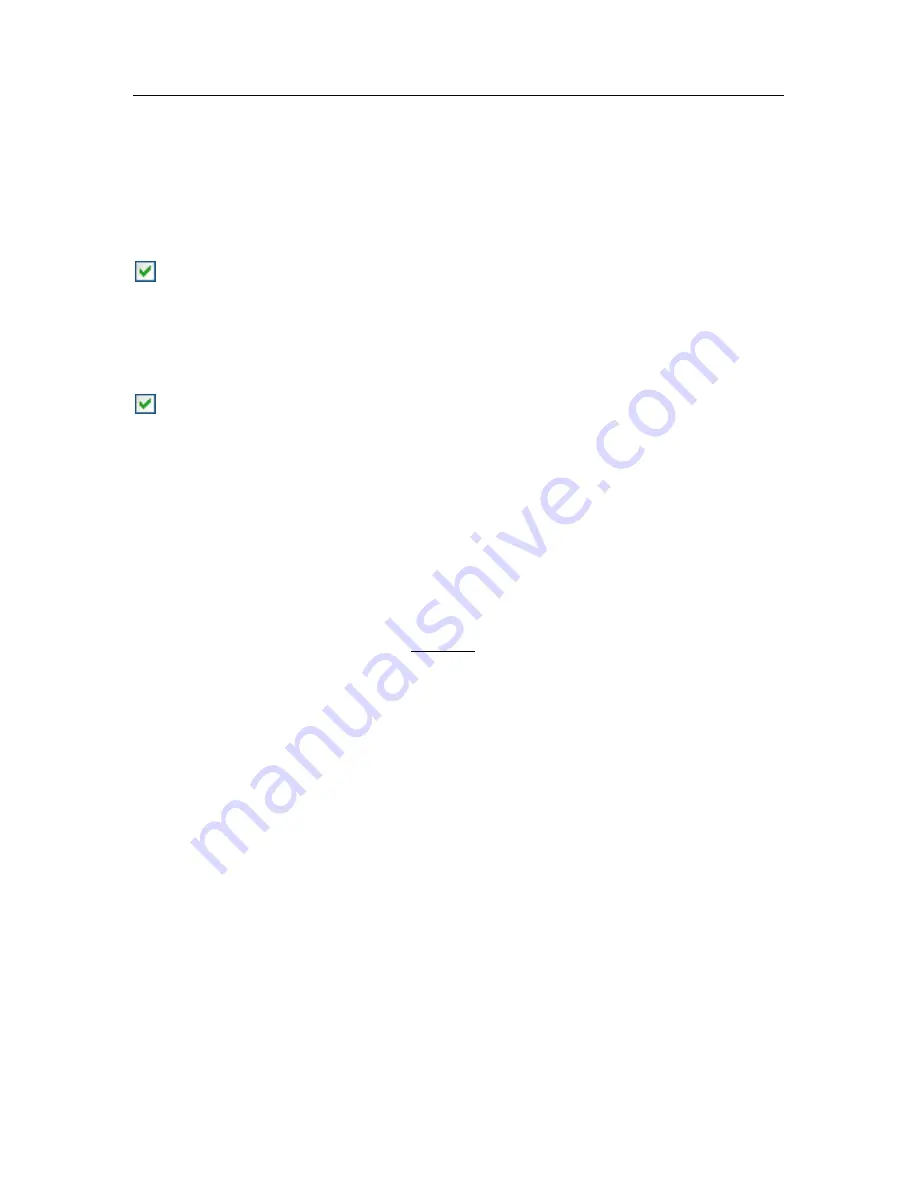
File Anti-Virus
87
You can select and scan all files, or only new files, for each type of compound
file. To do so, left-click the link next to the name of the object to toggle its value.
If the
Productivity
section has been set up only to scan new and modified files,
you will not be able to select the type of compound files to be scanned.
To specify compound files that should not be scanned for viruses, use the
following settings:
Extract archives in background if larger than... MB
. If the size of a
compound object exceeds this restriction, the program will scan it as a single
object (by analyzing the header) and will return it to the user. The objects
that it contains will be scanned later. If this option is not checked, access to
files larger than the size indicated will be blocked until they have been
scanned.
Do not process archives larger than... MB
. With this option checked, files
larger than the size specified will be skipped by the scan.
7.2.2. Defining protection scope
By default, File Anti-Virus scans all files when they are used, regardless of where
they are stored, whether it be a hard drive, CD/DVD-ROM, or flash drive.
You can limit the scope of protection. To do so:
1. Select
File Anti-Virus
in the main window and go to the component
settings window by clicking Settings.
2. Click the
Customize
button and select the
Protection Scope
tab (see
fig. 19) in the window that opens.
The tab displays a list of objects that File Anti-Virus will scan. Protection is
enabled by default for all objects on hard drives, removable media, and network
drives connected to your computer. You can add to and edit the list using the
Add, Edit,
and
Delete
buttons.
If you want to protect fewer objects, you can do so using the following methods:
1. Specify only folders, drives, and files that need to be protected.
2. Create a list of objects that do not need to be protected.
3. Combine methods one and two – create a protection scope that excludes
a number of objects.






























